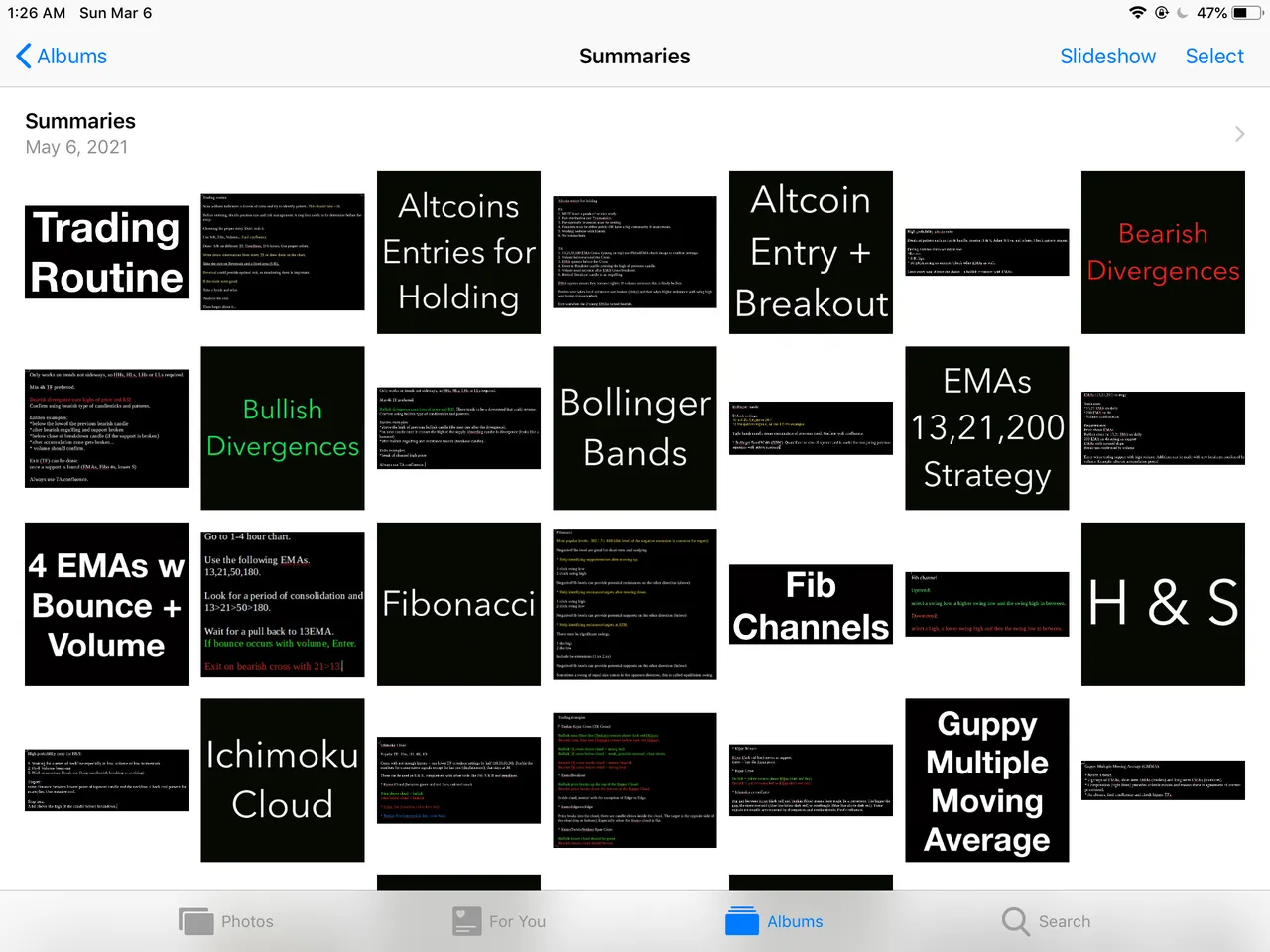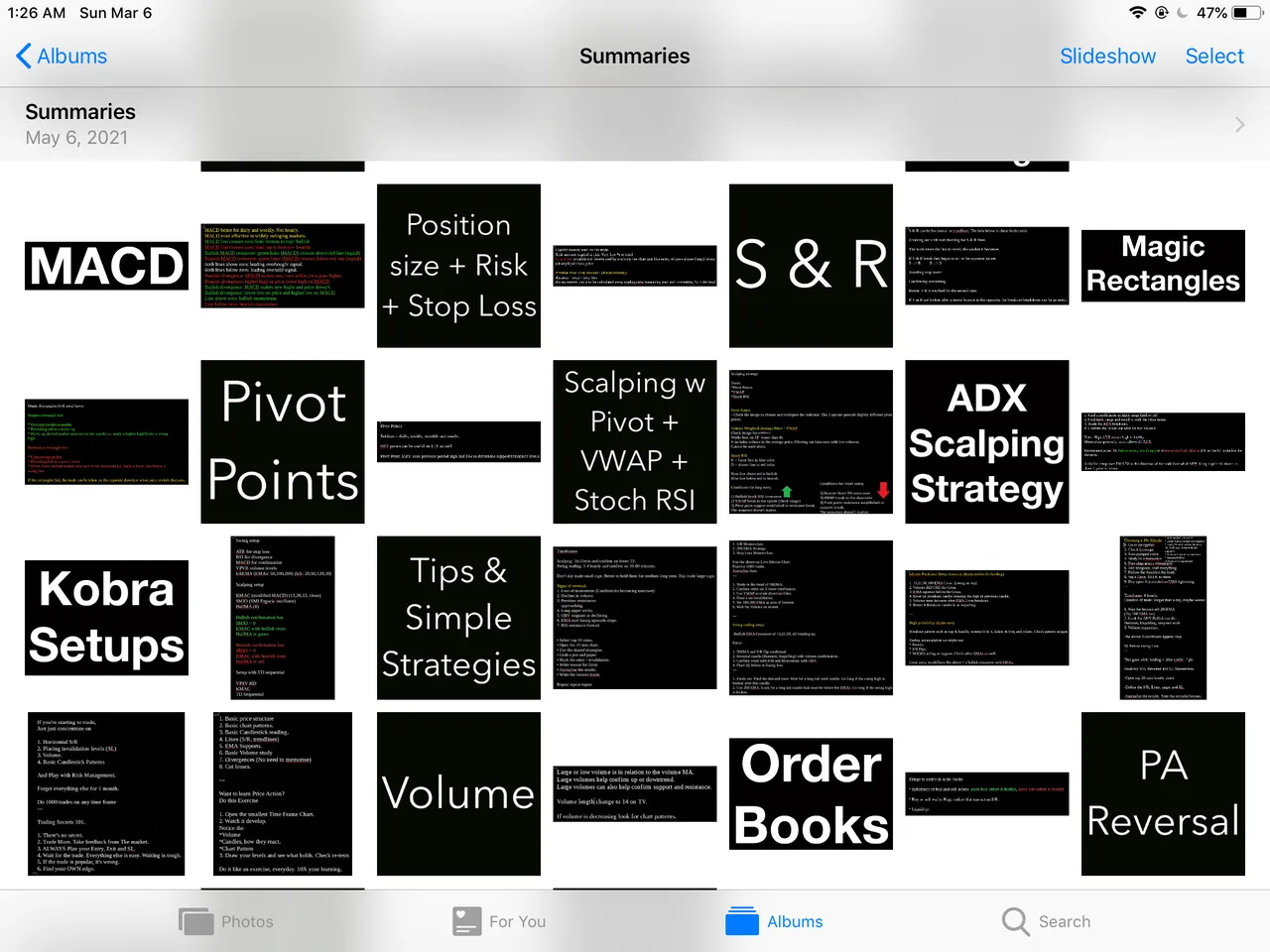
This past year I started to get interested in adopting more active management of my crypto assets instead of just passively holding them. In periods of time where there is an explosive increase in price, simply holding the asset might provide better results than trying to apply more active management. The problem obviously comes when the bull market ends, and we enter either a sideways or bear market. In those periods holding isn’t always the best option. Since all I knew was passively holding I wanted to make an effort and improve my skills regarding all of this.
Given the fact pretty much everything related to crypto can be considered a paradigm shift, being a holder can be a smart choice if the person gets in early enough in any project. However, when massive changes happen in the market and in the world such as pandemics and wars that cause steep decreases in values, passively holding has no defensive mechanism to protect ourselves.
When I decided to begin to educate myself about this topic I was extremely lost, I had to start from absolute zero because even though I was familiar with some parts of the crypto space and its potential I knew nothing about how to interpret the information on a price chart.
There are many people out there claiming they can teach how to do technical analysis and one of the hardest parts for me so far, was to figure out how to filter so much noise and differentiate the quality teachings from the crappy ones. This is entirely a subjective process because the only way to make it objective would be to compare the actual results these different mentors achieve, and this is obviously private information. I will now proceed to mention the most important mentors in my formation so far.
One of the first reputable users that I took seriously was @emperorbtc. Later in this article, I will explain why nowadays I don’t use much of the knowledge acquired by reading his content, but this user provides very useful guides and books recommendations for people who are beginning from zero. And when I said zero I mean people who don’t even know what candlesticks are.
During this time, I was trying to absorb as much information as I could, I even wrote summaries about a bunch of indicators and strategies so I could study it every night. These are some examples I had in my photo album so I could easily read the summaries before sleeping. Once again, I don’t use this information nowadays for reasons I will explain later on.


I was also paying attention to some other users that aren’t worth mentioning until one day I saw @KoroushAK interviewing a guy called @TrueCrypto28. He seemed like a very knowledgeable guy, and the fact he had his own private but free indicator was surprising for me. I started to pay attention to Truecrypto, and it was thanks to his videos that I begin to learn the importance of multi-timeframe analysis. His indicator is the best oscillator I have used, and despite the incredibly huge amount of information and teachings I had from his community, my learning process still had a long way to go.
During all of this time, there was another user who doesn’t teach much, at least not for free, called @Rektproof. His charts were always super clean, and he used concepts that I didn’t know but appeared to be very accurate and useful. Since he doesn’t teach for free, I began to look for more information about the concepts he applies to his charts.
Have in mind, I observed the tweets from this user for quite a good while, and I was surprised to see the areas he posted beforehand reacting as they should later on.
I found myself, once again, full of noise because these concepts were a bit different than everything I learned so far, so I had to filter out the noise once again.
Eventually, I started to learn about what some people call “smart money concepts” from mentfx. The name of these concepts is a bit pretentious but I guess people gave these concepts that name because the logic behind them is based on what the market maker would need to do to squeeze as much money out of the market. The market maker, also known as the composite man, is defined as:
In essence, the Composite Man represents the biggest players (market makers), such as wealthy individuals and institutional investors. It always acts in his own best interest to ensure he can buy low and sell high. Source
In other words, these are terms that represented the participant/s in the market with the most money, and therefore, the one/s determining the direction of the next move.
I learned a lot from mentfx and I have also been studying some of the ICT videos, as well as checking out the free pdfs created by @mindset_BTC.
After many months, I feel myself confident enough to not only share this journey, but also share my own view of what I have learned so far, and how I apply this knowledge in actual charts with the goal of placing profitable trades.
One extremely important thing to understand while beginning a trading journey is to know how to manage risk. The users I mentioned before have created a lot of content regarding this particular topic, and without the discipline to apply proper risk management getting rekt is pretty much a certainty. The psychological aspect of trading is as important and maybe even more important than the technical one.
To summarize, I began to learn about all types of indicators, about support and resistance, trendlines, EMAs, etc, and later on, I decided to focus more on supply and demand zones, as well as what I like to call “impulse blocks” in conjunction with multi-timeframe analysis of market structure.
My plan is to make short posts giving a simple overview about these concepts but always encouraging any reader to learn from the mentors I am mentioning and other ones you might find worthy. I am not an expert, just a learner and a student who has been wanting to begin to share this journey for several months.
Once the short posts giving an overview of the concepts I have learned are finished, my next step would be to begin to share my own analysis with my own drawings and maybe my own entries on various crypto charts on a constant basis. I will probably do this with short videos, or maybe with screenshots accompanied by text but I haven’t decided this as of yet.
This post was just the introduction, and it ended up being more lengthy than I was expecting, but I think it has sufficient information about my journey so far and about my plans regarding this type of content for the foreseeable future.
Thanks for reading!